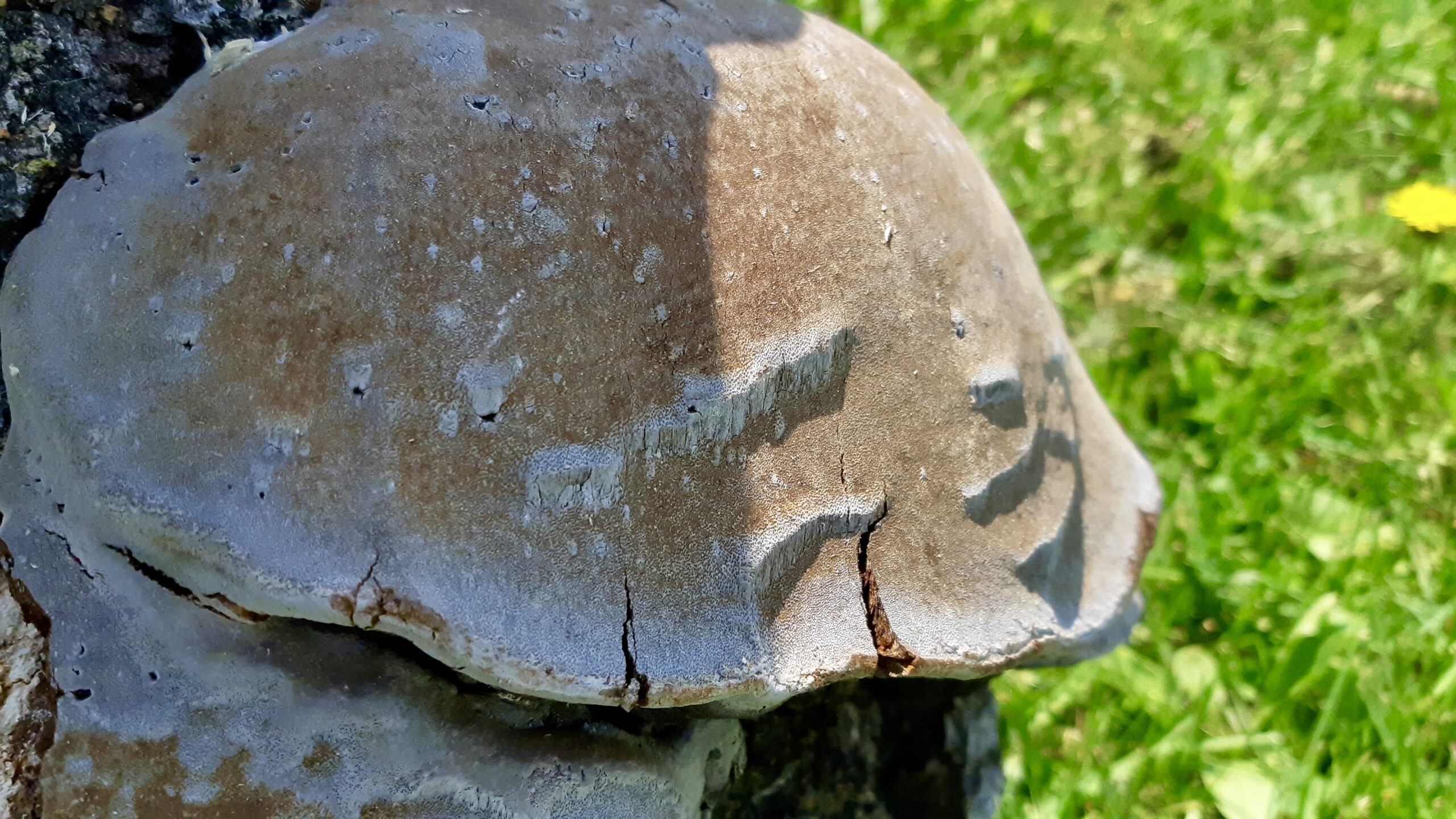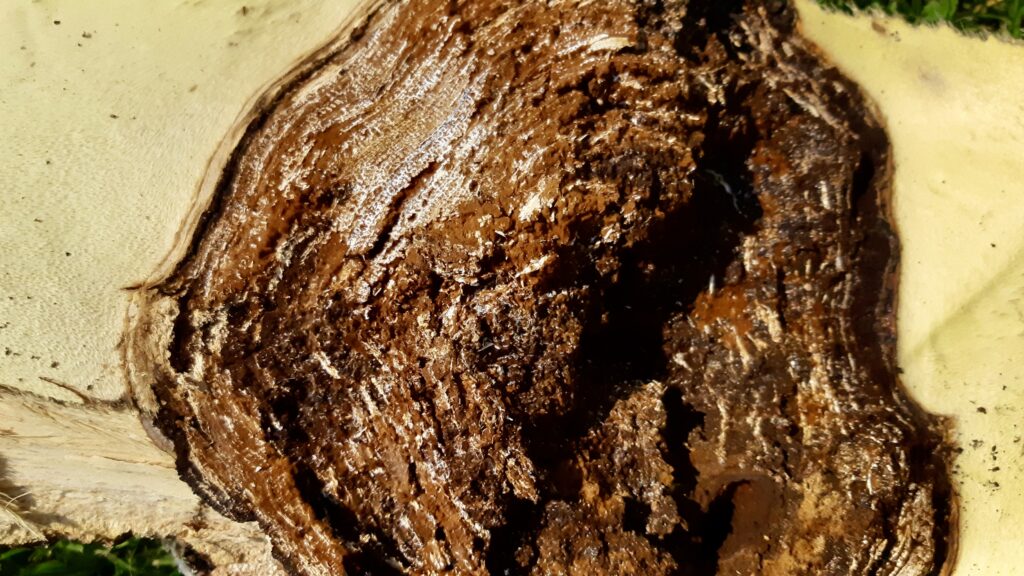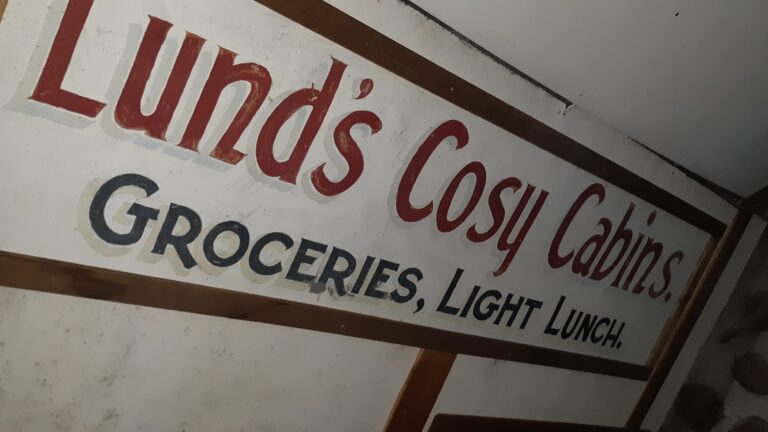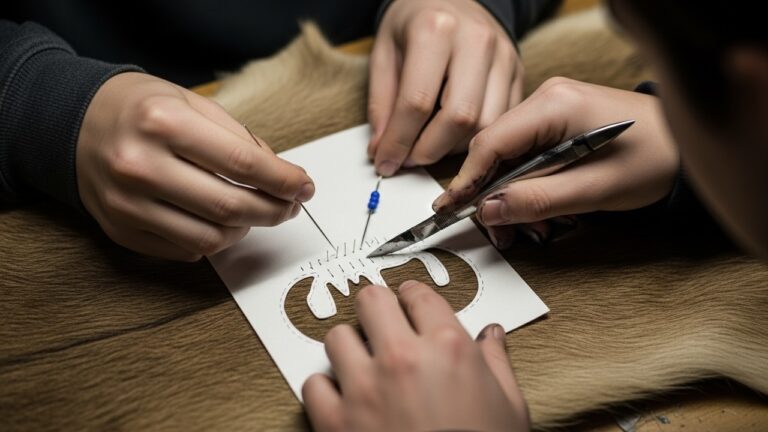
A typical bracket fungus (polypore) growing on the side of a tree. Note the tough, shelf-like appearance.
What Lies Beneath the Bark of Tree Fungi?
We’ve all seen them: those strange, often unappealing growths protruding from the trunks of older trees. You might call them conks, brackets, or just plain ugly. While their exterior might not win any beauty contests, these fascinating organisms, often overlooked, hold a hidden world of intricate structures and vital ecological roles. We’ve always wondered, if we can see them on the outside, what do they look like on the inside? Today, we’re pulling back the curtain (or rather, the bark!) to reveal the surprising interior of these tree-dwelling fungi.
Let’s start with what you typically observe on the outside. Often appearing as tough, shelf-like or hoof-shaped structures, these growths are actually the fruiting bodies of a type of fungus known as polypores. Unlike the familiar cap-and-stem mushrooms most people are familiar with, polypores produce their spores within tiny pores on their underside, rather than on gills. Many of these fungi are wood-decaying organisms, playing a crucial, albeit sometimes destructive, role in forest ecosystems. They are the natural recyclers, breaking down dead or dying wood and returning its nutrients to the soil.
Here’s a look inside:

The Science Twist: Brown Rot vs. White Rot
The way these fungi decay wood is quite fascinating. There are two main types of wood decay: brown rot and white rot. Brown rot fungi, like the one in the image above, primarily break down the cellulose in wood, leaving behind a brown, crumbly residue of lignin. White rot fungi, on the other hand, can degrade both cellulose and lignin, often bleaching the wood to a lighter color. The type of rot a fungus causes depends on the specific enzymes it produces. This enzymatic action is a key area of scientific study, with potential applications in biofuel production and bioremediation.
So, the next time you see one of these “ugly” growths on a tree, remember that there’s more than meets the eye. These fungi are not just blemishes on the landscape, but active participants in the cycle of life and death in our forests, with a surprisingly complex and scientifically interesting inner world.





